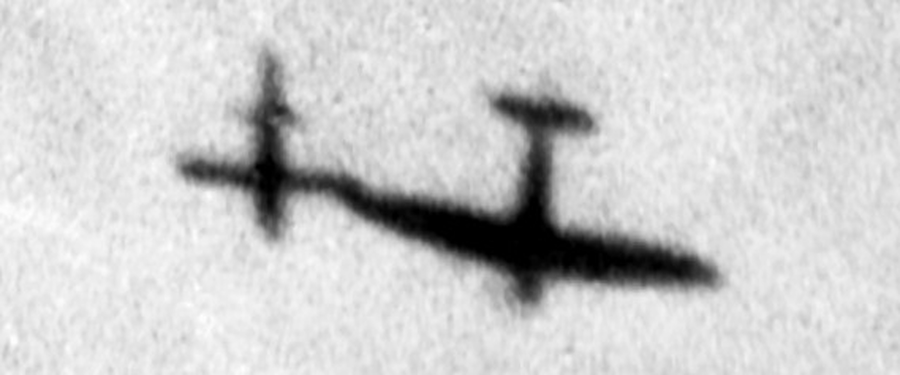The Real Threat We Face Won't Be Solved by a Wall

North Korea’s quest to build a functioning nuclear warhead and a ballistic missile to deliver it to the doorstep of its arch-enemy, the United States, has once again exposed a raw nerve: the debate over America’s missile defense system. Many believe missile defense isn’t possible because it’s technically difficult or the costs prohibitive. The question should be: can we afford not to defend the nation from a threat that could kill millions of innocents?
During World War II, the Germans fielded the first missile threat against England. The Fiesler 103 - better known as the V-1 for Vergeltungswaffen-1 (Revenge Weapon-1) was first launched in June 1944. Hundreds of V-1s were fired in a deliberate terror campaign against heavily populated cities. Carrying an 850 kg warhead, the V-1 missile was a devastatingly effective weapon.
The British initially had little with which to defend itself. But they improvised and came up with a defense that used their new developed coastal RADAR, anti-aircraft artillery and standing airborne patrols of fighters to intercept and shoot down the German missiles. As a result, the British racked up an impressive 80% destruction rate against the V-1. The 20% that made it through the defenses were still enough to kill or injure over 24,000 people.
Born of necessity and developed through bravery and technological improvisation, this was missile defense in its infancy.
Later in 1944, the Germans launched their V-2, a true ballistic missile that could not be intercepted once it left the ground. The missile’s high-angle trajectory and speed of over 5,700 kph meant it had to be destroyed in the factory or on the launch pad. In this, the Allies were only partially successful. By war’s end, around 3,000 V-2s were launched, resulting in the deaths of 9,000 persons.
With the Allied victory in 1945, the United States and the Soviet Union used captured German missiles and engineers to build their own arsenals. The Cold War changed the stakes as the missiles were uploaded with nuclear warheads that destroyed not just city blocks, but entire cities.
At the same time, defending the homeland from enemy missiles became a priority goal. Scientists quickly discovered that building a missile was easier than stopping one. During the next 30 years, programs were proposed and cancelled when deemed impractical. Nevertheless, each improvement served as the foundation for later designs.
Alongside the highly technical approaches, more down-to-earth methods were explored. In the 1980s, U.S. Army Special Forces troops trained to find Soviet missiles behind enemy lines and to destroy them with long-range, heavy-caliber, anti-material rifles. One hole in the skin of a missile and they become worthless scrap.
During Operation Desert Storm, Saddam Hussein launched missiles at Saudi Arabia and Israel trying to break up the international coalition. To defeat the threat, the Allies used bombers to hit fixed missile sites, while “SCUD Hunters,” special teams with laser target designators, marked Iraqi mobile missile launchers so fighter-bombers could kill them with “smart” bombs. Command, control and communications (C3) networks were also sabotaged to prevent orders from reaching their destination.
Those methods were not enough, however, and other systems like the Patriot were fielded to mitigate the threat on the terminal end. Because the Iraqis spent much of their time hiding, their ability to launch missiles was limited. The primary benefit from these efforts was that Israel stayed out of the war and the coalition remained intact.
Since then, the United States has made great improvements in its missile defense capabilities to defend the homeland, especially in the ground-based midcourse defense system (GMD). One thing remains clear, however, and that is that no single system is perfect. Failures to intercept and human error during testing have prompted many to call it all an expensive failure. But as Admiral Hyman Rickover said “only failure teaches.”
The solution is not one program, but a full-spectrum missile defense strategy that preemptively interrupts the enemy’s supply chain, incorporates early warning and intercept solutions through all launch phases, as well as the capability to destroy C3 systems to prevent launches all together.
Such a program would not be cheap. The President would presumably need to decide between a border wall that provides little security or a missile defense system that could save millions of lives.
Until negotiations eliminate the threat of intercontinental
ballistic missiles, especially those North Korea might fire, can we afford that
kind of economy?